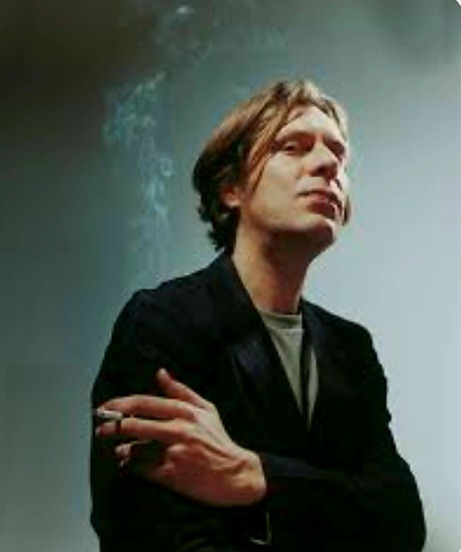#christian fennesz
Text

Ryuichi Sakamoto and Christian Fennesz
93 notes
·
View notes
Video
youtube
Mike Patton & Christian Fennesz @ Kilbi Festival, 07.07.2007
10 notes
·
View notes
Text
Sylvie Courvoisier — Chimaera (Intakt)

Duration can be a double-edged sword. When it’s handled wrong, longer-form music can just feel long. And in an age when a preponderance of music is served up in three or four minute-long bites, a tune doesn’t need to be too long to feel like a bit of a chew. But duration can justify itself by allowing a listener to untether the listening experience from recognizing structural elements and marking their repetitions. That’s certainly the case with the music on Chimaera, the debut album by a combo led by Sylvie Courvoisier that bears the same name.
Chimaera is an outgrowth of Courvoisier’s trio with bassist Drew Gress and drummer Kenny Wolleson. To their number she added Nate Wooley, who brings a deep bag of extended trumpet techniques and an even deeper interrogative spirit, and Christian Fennesz, whose application of electronics can transform the sound of his guitar beyond recognition. And for this session, she added another trumpeter, Wadada Leo Smith.
One might expect a band named after a fire-breathing, two-headed beast to singe some ear hairs, but that’s not really the case. It’s more likely that the Swiss-born pianist and composer, who has been based in Brooklyn since the late 1990s, chose it for its mythological dimension. The album’s compositions were inspired by the paintings of Odilon Redon, a direct predecessor of surrealism. Their length permits the listener to be simply be present as the music manifests in diaphanous layers of color and forms that are perceptible, but not always recognizable. Gress begins “Le Pavot Rouge,” the album’s opening track, with a questioning, bluesy figure introduction. In short order, he parts a veil of shimmering piano and vibraphone (Wollesen plays vibraphone as drum kit much of the time, which substantially shifts the weight and character of sound away from piano trio conventions), and then takes up a spare, abstracted tango rhythm. Over the next 20 minutes, musicians enter and exit the action. One trumpet takes up the querying vibe, and the other resolves it. The guitar floats dubby echoes over the pulse. Courvoisier darts out of the vibes at double speed, or complicates some brass harmonies with spare dissonant notes.
In other settings, such as her duo with Mary Halvorson, Courvoisier favors abruptness and density. Chimaera’s music is no less eventful. But it drifts instead of bursting, inviting the listener to surrender to a sequence of dissolutions, reconstitutions, and surprising elaborations across six compositions and 87 minutes of dream-like music.
Bill Meyer
#sylvia courvoisier#chimaera#intakt#bill meyer#albumreview#dusted magazine#drew gress#kelly wolleson#wadada leo smith#christian fennesz#nate wooley#odilon redon#jazz
6 notes
·
View notes
Text
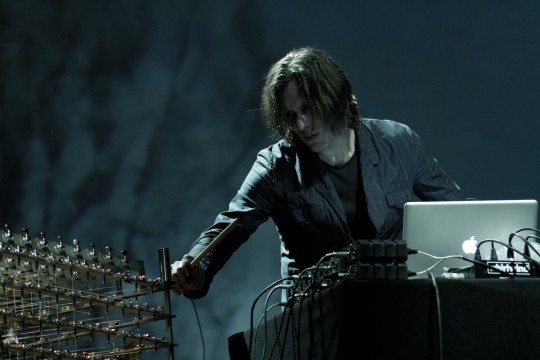
Christian Fennesz
source: blackrhinoradio
📸: Luis Martins
5 notes
·
View notes
Audio
Listen/purchase: Le pavot rouge by SYLVIE COURVOISIER feat. Wadada Leo Smith, Christian Fennesz, D. Gress, N. Wooley, K. Wollesen
#jazz#sylvie courvoisier#wadada leo smith#christian fennesz#nate wooley#drew gress#kenny wollesen#bandcamp#music
5 notes
·
View notes
Text
Fennesz Sakamoto - haru
10 notes
·
View notes
Photo

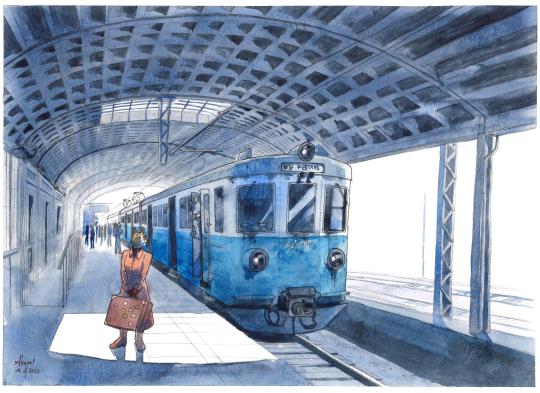
"(...) A future's hinting at itself
Do you fear what I fear?
All those names of ancestry
Too gentle for the stones they bear
Somewhere someone wants to see you
Someone's traveling towards us all
You might also like
To wonder why of Europe
To live, love, and cry in Europe
Say your goodbyes to Europe
Our history dies with Europe (...)"
Christian Fennesz, David Sylvian, "Transit" (album "Venice", 2004)
youtube
#mikopol#watercolor#aquarelle#traditional art#europe#poland#poznan#railroad#railway#railway station#cat#kot#neko#travel#Journey#trip#tourist#ambient#christian fennesz#melancholy#train#en57#Retro#urban
11 notes
·
View notes
Text
youtube
A couple of electronic musicians used the period of noughts in order to find what makes them and they prospered. Well, the recently departed Sakamoto was a great case of that, though you do know by now I am a huge fan of his, so me calling him as someone who kept doing an incredible work til the end might be a fanboy in me speakin. Nonetheless, we can agree he did stretch himself successfully more often than a majority of his peers. For instance, what he and Fennesz did on their two albums during the noughts, especially on Cendre, remains enigmatic to discuss. I call their cooperation an uneasy ambient and I still stand by this term, since they do traverse the landscape of the genre, but they don't have any map. They collide towards each other in hope of getting somewhere better.
1 note
·
View note
Video
youtube
incomplete - soil
0 notes
Text
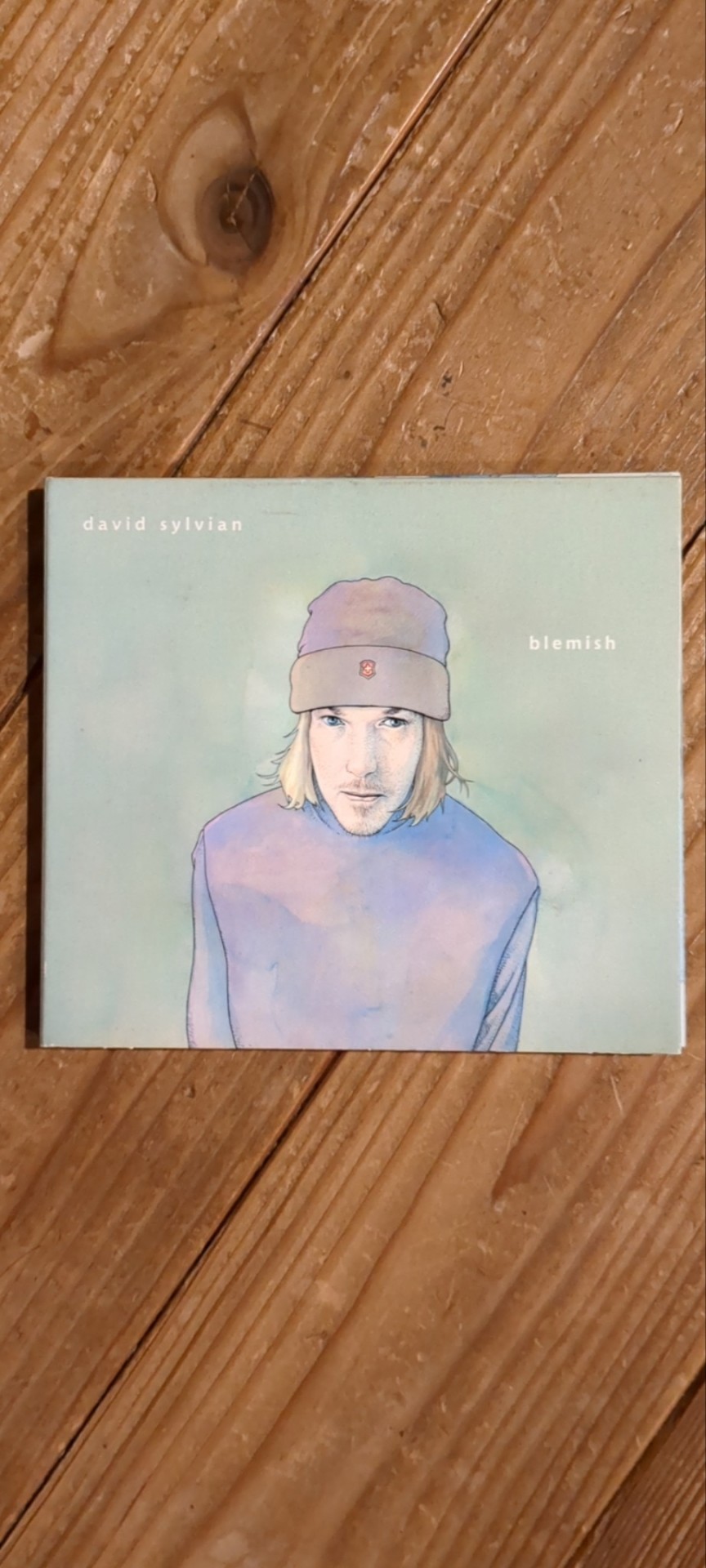
david sylvian
blemish
0 notes
Text
Christian Fennesz & Ryuichi Sakamoto- Abyss
1 note
·
View note
Text
youtube
Sad music for sad days... 😪
0 notes
Video
youtube
Christian Fennesz Inner_Spaces Milan 2020
15 notes
·
View notes
Text
Belong — Realistic IX (Kranky)

Belong’s first album October Language, released way back in 2006 and reissued in 2018, was a humid swirl of beatless, droning guitarscapes, indebted to Christian Fennesz and Tim Hecker. Second album Common Era (2011) changed gear, surging forth through the slate-gray goth of early Cure and Joy Division. And now, on new album Realistic IX, Belong resume their victory lap of laudable influences by drawing primarily on the seminal sound of My Bloody Valentine.
Right from opening cut “Realistic (I’m Still Waiting)” it’s clear this isn’t some ham-fisted homage; if someone told me these were MBV demos, I’d believe them. The chord voicings, the way the guitars are EQed, the wispy indecipherability of the vocals — Michael Jones and Turk Dietrich aren’t just aping the sound, this is the sound, reduced to its merciless essence, a scabrous churn that rarely lets up. On “Difficult Boy,” single “Souvenir,” “Image of Love,” and “Jealousy,” the sound fires up again and again, in various forms of squalling intensity.
Jones and Dieterich know to vary the tempo and timbre across the course of the album to keep things interesting and digestible. Interspersed with the MBV-style tracks are pieces that hark back to the more textural atmospheres of October Language, but backed by a rhythmic pulse that aligns the sound more closely with Gas or The Sight Below. After the relentless opening pair of tracks, “Crucial Years” is a welcome wash of panning static to clear out the eardrums. “Bleach” is an overwhelming firehose of cymbals and crunchy guitar textures that sounds like a field-recording of the ocean, everything clipping in the red. And “AM / PM” closes the album out like a rave and chill-out room have had the wall between them bulldozed. That’s Realistic IX in a nutshell: it brings both the burn and the balm.
Tim Clarke
9 notes
·
View notes
Text
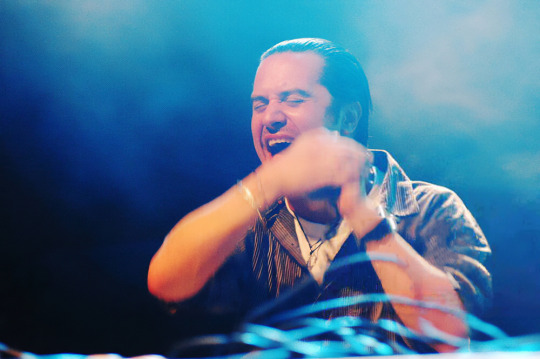




mike's smooshable nose collection is still a thing yall
Mike Patton with Christian Fennesz at Moers Festival 2007
photo by Sven Thielmann
#mike patton#ugh i just love this set a whole heckin lot#ok goodnight#whoever called me an archivist - i'm honored to serve#patton and fennesz
15 notes
·
View notes
